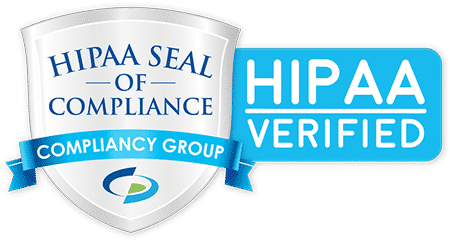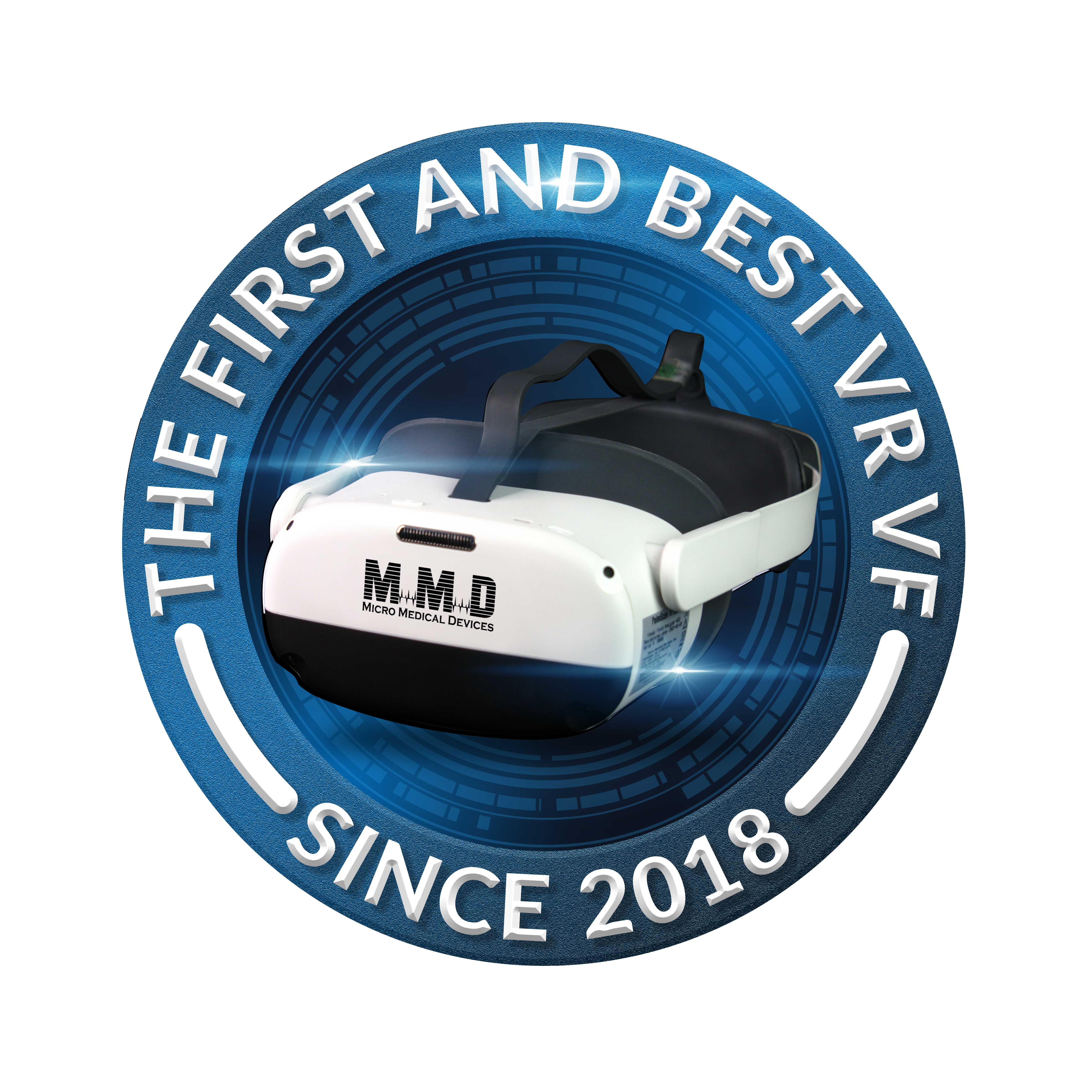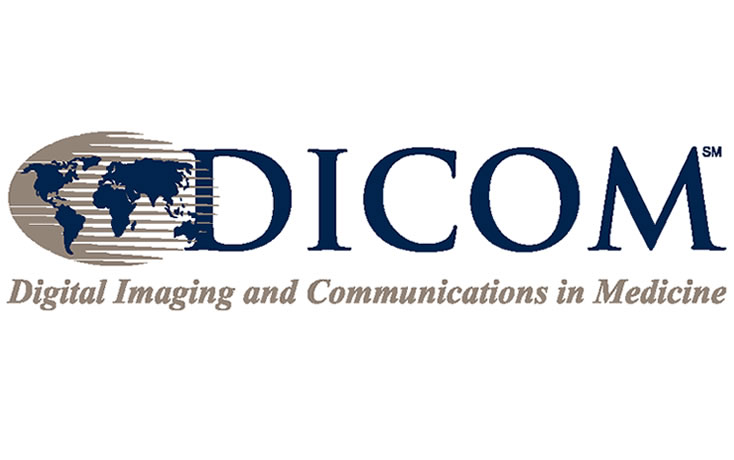In today’s competitive healthcare landscape, successful eye care practices rely not only on clinical expertise but also on data-driven decision-making. From patient scheduling and diagnostic efficiency to revenue management and clinical outcomes, data analytics has become a cornerstone of modern ophthalmic practice management.
By integrating smart diagnostic technologies — such as virtual visual field, biometry, and Pachymetry systems — with advanced analytics tools, eye care professionals can gain actionable insights that drive operational excellence and superior patient care.
1. The Role of Data Analytics in Modern Eye Care
Data analytics turns raw information into strategic intelligence. For eye care professionals, this means understanding trends in patient flow, diagnostic results, and financial performance — all in real time.
Key Benefits of Implementing Data Analytics:
- Operational Efficiency: Identify workflow bottlenecks and optimize testing schedules.
- Clinical Accuracy: Correlate results from virtual perimetry, B-Scan, and biometry to track disease progression.
- Financial Growth: Detect revenue leakage, monitor billing accuracy, and enhance insurance claim efficiency.
- Patient Retention: Use predictive analytics to anticipate patient needs and improve follow-up compliance.
💡 When data from clinical tools like virtual field and VR perimetry are integrated into your analytics dashboard, you unlock a complete 360° view of both your patients and your practice.
2. Sources of Valuable Data in Eye Care Practices
Smart data analytics begins with gathering information from the right sources.
Common Data Streams Include:
- Diagnostic Devices: Biometry, A-Scan (Ascan), Pachymetry, Keratometer, B-Scan, and virtual visual field systems.
- Electronic Health Records (EHR): Demographics, visit history, prescriptions, and CPT coding trends.
- Revenue Management Systems: Billing data, reimbursements, and write-offs.
- Patient Feedback Platforms: Satisfaction scores, online reviews, and response patterns.
Each of these sources contributes to a holistic understanding of operational performance, allowing practitioners to make informed decisions.
3. Streamlining Workflow with Virtual Visual Field and VR Perimetry
Traditional perimetry can be time-consuming and difficult to integrate into a busy clinical schedule. Virtual reality visual field testing offers a modern, efficient alternative.
Benefits of Virtual Perimetry for Workflow Optimization:
- Faster Testing: VR perimetry reduces testing time by up to 50%.
- Portability: The virtual field headset can be used in multiple exam rooms, eliminating bottlenecks.
- Automated Reporting: Virtual reality perimetry data automatically syncs to EHR systems, cutting documentation time.
- Consistency: AI-driven algorithms minimize user error and improve result reproducibility.
📈 When integrated into analytics software, these data points reveal patient compliance, visual field stability, and technician productivity metrics — all in one place.
4. Integrating Diagnostic Data for Smarter Decisions
Data analytics is most effective when all diagnostic sources are connected. Linking your functional and structural test results provides a comprehensive patient profile.
Key Diagnostic Tools That Power Data-Driven Insights:
| Tool | Purpose | Analytical Value |
| Biometry / A-Scan (Ascan) | Measures ocular length for surgical and refractive planning | Tracks pre/post-surgical visual outcomes |
| B-Scan (Bscan) | Evaluates posterior segment and optic nerve | Identifies correlations with field defects |
| Pachymeter / Pachymetry | Assesses corneal thickness | Monitors glaucoma progression and surgical readiness |
| Keratometer | Measures corneal curvature | Helps predict refractive outcomes and contact lens fits |
| CXL (Corneal Crosslinking) | Strengthens corneal structure | Tracks stabilization post-keratoconus treatment |
By integrating these results with virtual visual field data, practices can create a single patient dashboard displaying both structural and functional changes — an essential feature for early disease detection and long-term monitoring.
5. Predictive Analytics in Patient Care
Predictive analytics uses historical data to forecast future events — from disease progression to patient behavior.
For example:
- Glaucoma Management: Combine VR visual field and Pachymetry data to identify patients at higher risk of rapid progression.
- Post-CXL Monitoring: Analyze corneal thickness and topography data trends to predict long-term stability.
- Surgical Planning: Merge biometry, A-Scan, and B-Scan metrics to anticipate visual outcomes.
This proactive approach enables doctors to intervene earlier and personalize treatment plans with confidence.
6. Improving Operational Efficiency with Data Insights
When analytics extends beyond clinical data, it transforms the entire patient journey.
Examples of Efficiency Gains:
- Appointment Scheduling: Use visit duration analytics to reduce patient wait times.
- Technician Productivity: Track the number of virtual field tests completed per hour.
- Revenue Optimization: Identify missed CPT codes for VR perimetry, Pachymetry, or B-Scan.
- Equipment Utilization: Determine which diagnostics (e.g., biometry or CXL) are underused.
This visibility helps practices allocate staff, equipment, and time more effectively.
7. Enhancing Patient Experience Through Data
Modern patients value transparency and personalized care. Data analytics empowers eye care professionals to:
- Share progress reports with patients using graphs and visuals from virtual perimetry and B-Scan data.
- Use trend dashboards to explain treatment outcomes after Corneal Cross-linking (CXL).
- Offer reminders for follow-up tests based on predictive models.
💬 Patients appreciate practices that use technology to track, explain, and enhance their care — improving satisfaction and retention.
8. Implementing Smart Analytics in Your Practice
Transitioning to data-driven operations doesn’t require a massive overhaul.
Start small and scale strategically:
- Integrate Diagnostics: Ensure your virtual visual field, biometry, and Pachymetry systems connect to your EMR.
- Adopt Analytics Software: Use platforms that visualize data and generate actionable insights.
- Train Your Team: Educate staff on data collection accuracy and report interpretation.
- Monitor KPIs: Track metrics like test volume, diagnostic accuracy, patient flow, and revenue per visit.
- Refine Continuously: Adjust workflows based on the trends revealed in your analytics reports.
9. Future of Analytics in Eye Care
The next era of eye care will be defined by AI-driven analytics and cloud-based integration.
Upcoming innovations will combine virtual reality perimetry, biometric data, and corneal imaging to automatically detect anomalies and suggest interventions.
Future Outlook:
- AI-assisted field interpretation across virtual field systems
- Predictive glaucoma progression models powered by Pachymetry and B-Scan trends
- Cloud-based interoperability connecting CXL, Keratometry, and VR perimetry data globally
- Automated outcome reporting for surgical benchmarking
Eye care practices that embrace these technologies early will lead the field in both quality of care and operational efficiency.
Conclusion
Data analytics is transforming the way eye care practices operate — from diagnostics to administration. By leveraging smart systems like virtual visual field testing, biometry, Pachymetry, and CXL, professionals can streamline workflow, improve outcomes, and increase profitability.
The future of ophthalmology and optometry lies in data integration, predictive modeling, and technology-driven insight.
Smart data analytics doesn’t just optimize operations — it empowers eye care providers to deliver the next generation of precision-based patient care.







